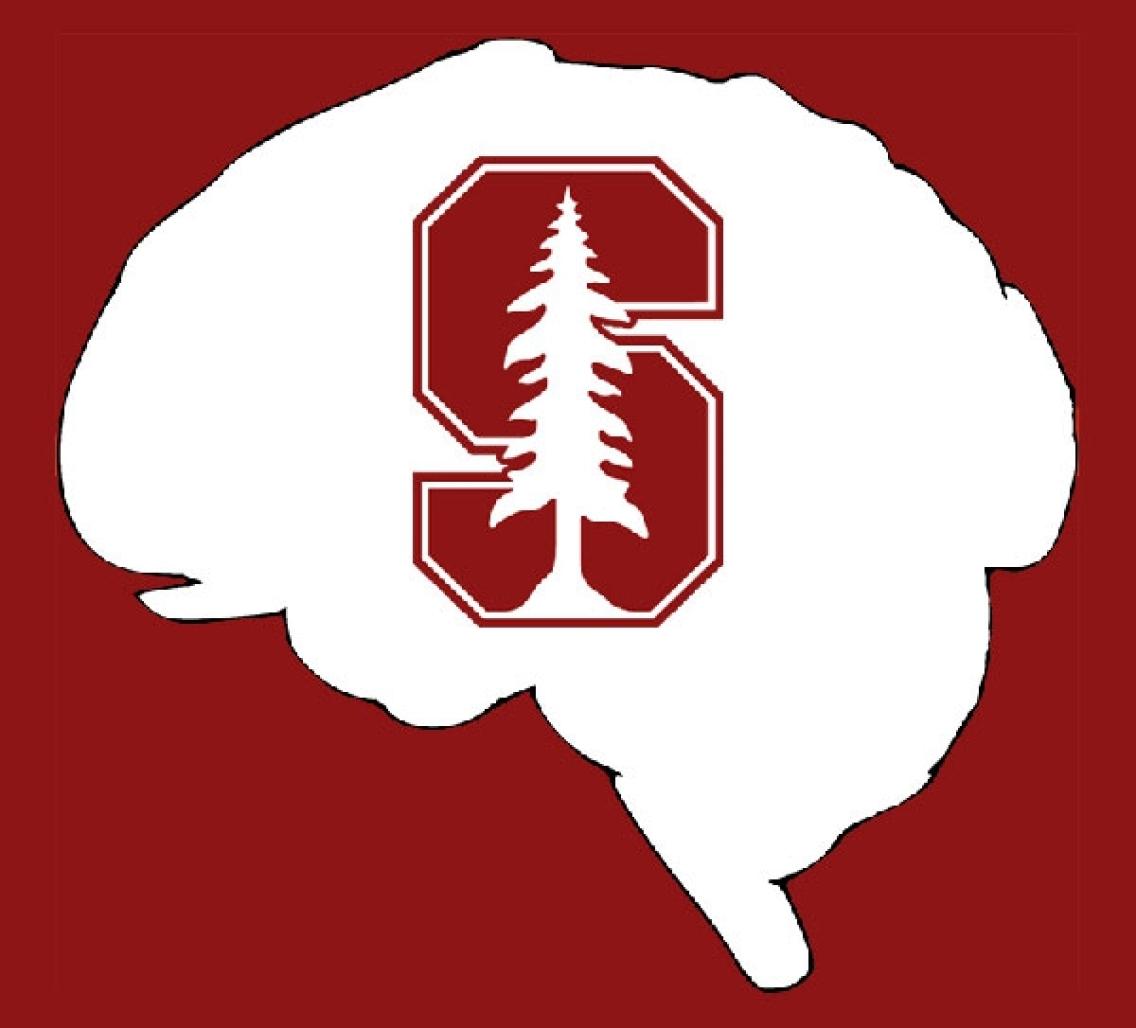Event Details:

Molecular, cellular, and circuit mechanisms that link memories across time

Alcino Silva PhD
Distinguished Professor
Psychology, Behavioral Neuroscience
Brain Research Institute, UCLA
Host: Lu Chen
Abstract
Studies of the molecular, cellular and circuit mechanisms of learning and memory have focused almost exclusively on how single memories are acquired, stored and edited. By comparison, very little is known about the mechanisms that integrate and link memories across time. Recent studies from our laboratory showed that learning triggers CREB activation and a subsequent temporary increase in neuronal excitability in these circuits that for a time biases the allocation of a subsequent memory to the neuronal ensemble encoding the first memory. Recently, we have used state of the art in vivo imaging methods and other approaches to show that in the hippocampus, this mechanism can link memories across time, such that the recall of one memory increases the likelihood of recalling the other memory. Interestingly, we also showed that this mechanism is disrupted in older mice, and that artificially manipulating neuronal excitability with a chemo-genetically strategy can rescue these deficits, a result that implicates this mechanism in memory linking and in age-related cognitive decline.
Related papers
[1] Silva, A.J. (2017). Memory's Intricate Web. Sci Am 317, 30-37. PMID:28632232. doi:10.1038/scientificamerican0717-30
[2] Cai DJ, Aharoni D, Shuman T, Shobe J, Biane J, Song W, Wei B, Veshkini M, La-Vu M, Lou J, Flores S, Kim I, Sano Y, Zhou M, Baumgaertel K, Lavi A, Kamata M, Tuszynski M, Mayford M, Golshani P, Silva AJ. A shared neural ensemble links distinct contextual memories encoded close in time. Nature 2016 May 23;534(7605):115-8 PMID:27251287. DOI:10.1038/nature17955